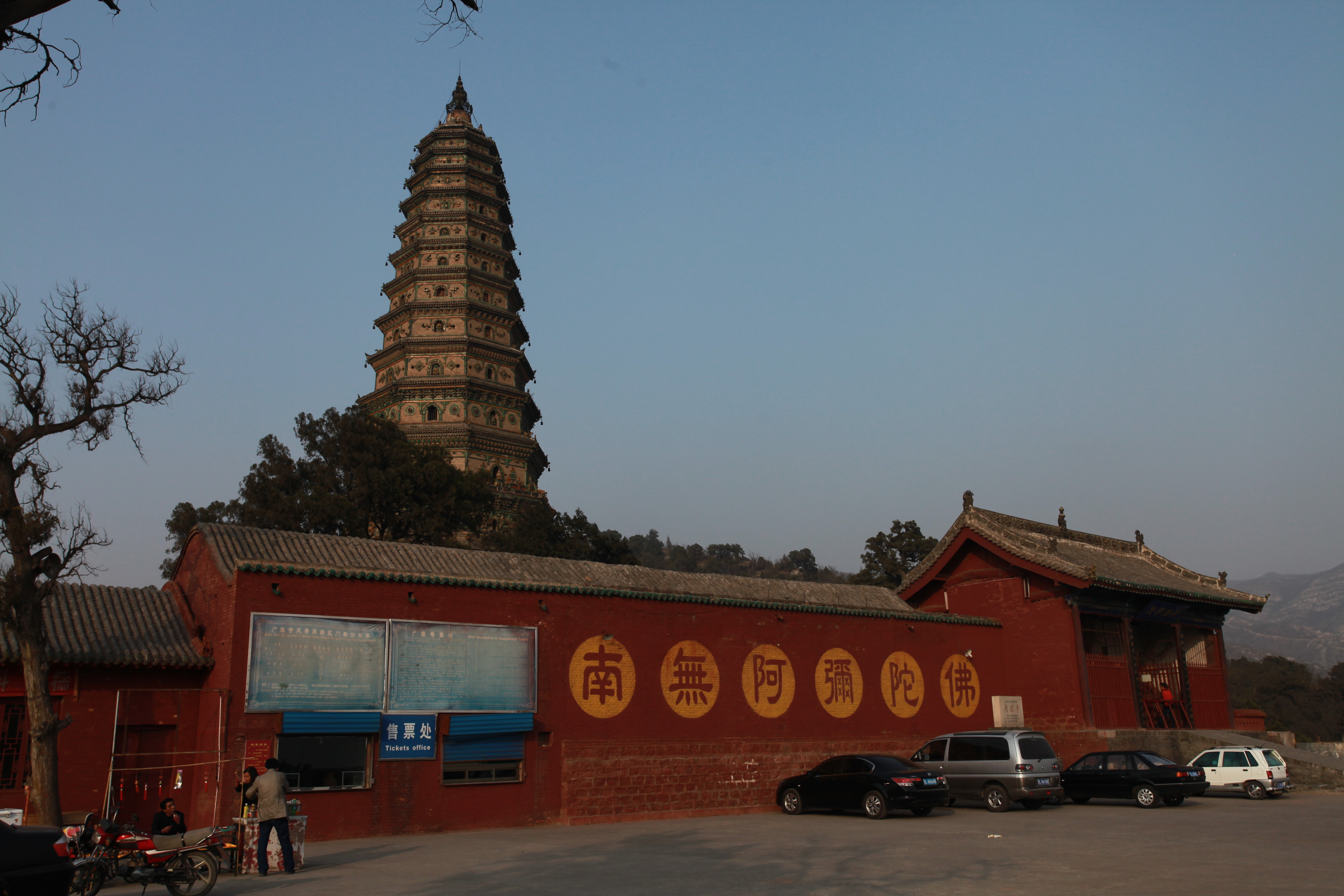Guangsheng Temple on:
[Wikipedia]
[Google]
[Amazon]
 The Guangsheng Temple (
The Guangsheng Temple (
Chinese
Chinese can refer to:
* Something related to China
* Chinese people, people of Chinese nationality, citizenship, and/or ethnicity
**''Zhonghua minzu'', the supra-ethnic concept of the Chinese nation
** List of ethnic groups in China, people of ...
: 广胜寺) is a Buddhist temple, located at the southern foot of Mt. Huoshan, 17 km northeast of Hongtong County
Hongtong County () is a county in the southwest of Shanxi Province, China. It is under the administration of the prefecture-level city of Linfen. The county spans an area of 1,494 square kilometers, and has a population of approximately 766,579 as ...
, Shanxi
Shanxi (; ; formerly romanised as Shansi) is a landlocked province of the People's Republic of China and is part of the North China region. The capital and largest city of the province is Taiyuan, while its next most populated prefecture-lev ...
, China. The temple was built in 147 and was changed to its present name in the Tang Dynasty
The Tang dynasty (, ; zh, t= ), or Tang Empire, was an Dynasties in Chinese history, imperial dynasty of China that ruled from 618 to 907 AD, with an Zhou dynasty (690–705), interregnum between 690 and 705. It was preceded by the Sui dyn ...
. It has three parts: the upper temple, the lower temple and the Shuishen Temple (Temple of Water God). The world-renowned drama murals from the Yuan dynasty
The Yuan dynasty (), officially the Great Yuan (; xng, , , literally "Great Yuan State"), was a Mongol-led imperial dynasty of China and a successor state to the Mongol Empire after its division. It was established by Kublai, the fifth ...
are kept in the lower temple.Important Relic under National Protection
The famous '' Zhaocheng Jin Tripitaka'' was discovered at the Guangsheng Temple in 1933.
References
{{Coord, 36, 18, 06, N, 111, 48, 23, E, region:CN-14_type:landmark_source:kolossus-dewiki, display=title Buddhist temples in Linfen Major National Historical and Cultural Sites in Shanxi Linfen